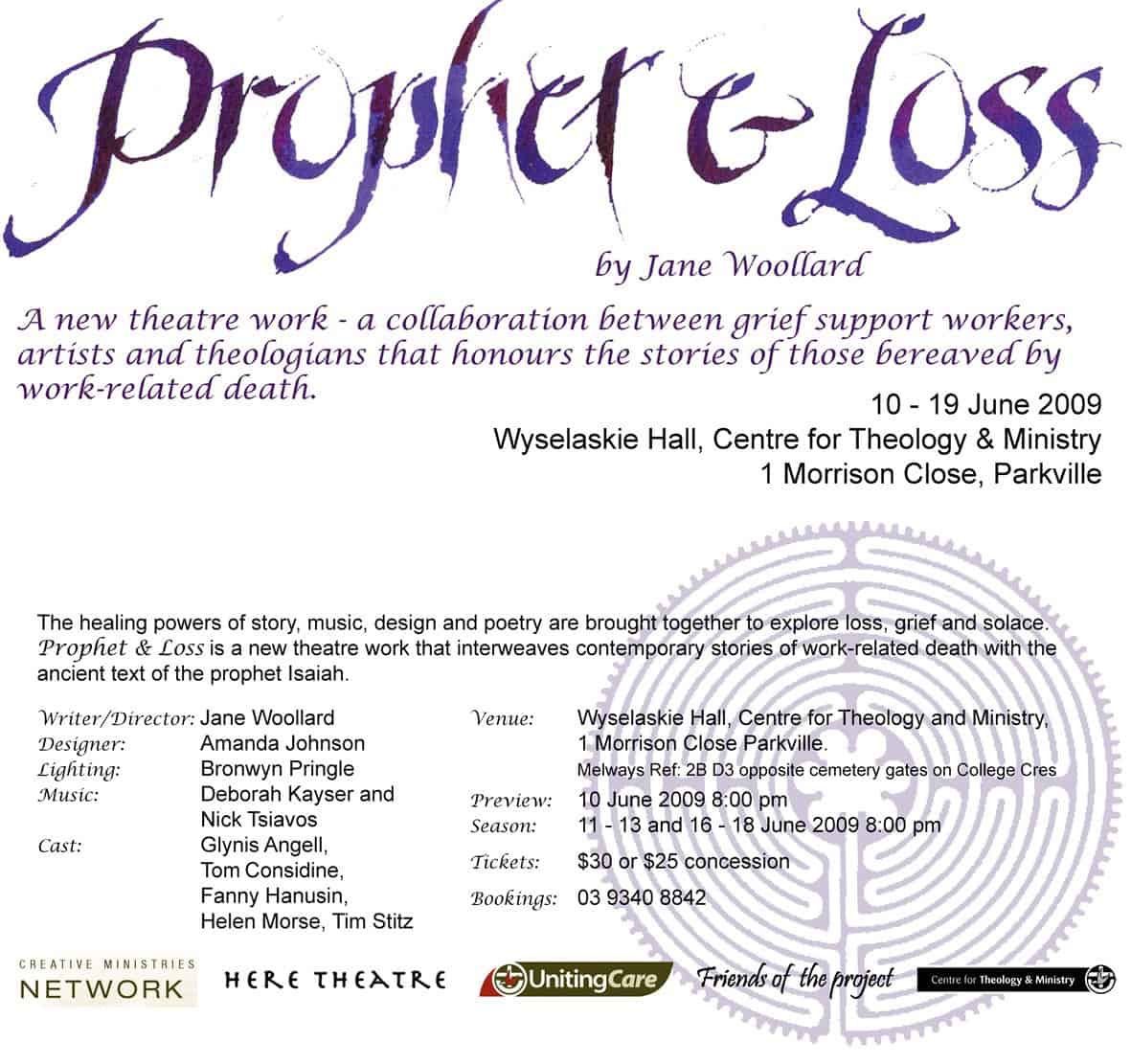The Australian government got what they wanted for the harmonization of OHS laws but some persistent political shenanigans.
Troy Buswell, Western Australia’s Treasurer, is making political mileage with some bluster as the only Australian State run by the Liberal Party. Politically he could not be seen as following the lead of the Australian Labor Party but will “continue our dialogue with the council”. He does not have much option particularly as the Federal Workplace Relations Minister, Julia Gillard reminded him that he could risk his access to federal funding by risking a breach of the inter-governmental agreement. Expect Buswell to concede having saved face.
Joe Tripodi, the New South Wales Finance Minister, has expressed his disappointment. Tripodi knew what was coming as the compromise options had been flagged long ago. But from the state that has the most overtly-influenced government, he perhaps had as much face to save as Buswell in WA. The employers groups in New South must be jumping with joy this morning as one of the most contentious and divisive elements of NSW OHS legislation will go – the union’s right to prosecute. The process for instigating an OHS prosecution is formalized in the new model OHS legislation and still allows unions to begin prosecutions but with less direct control.
Tim Holding, the Victorian Finance Minister, is having trouble containing his excitement.
“This is a resounding endorsement of Victoria’s OHS laws, which will provide the building blocks for the new national scheme”.
Does anyone wonder why Victorians are so disliked by the other States? Is Holding’s over-confidence an indication that the Victorian OHS law was always going to be the dominant influence on the national law and perhaps the model OHS Law review was unnecessary for change and just a case of political processes?
In the euphoria, there are some words of caution. There has always been concern that if any States flexed their muscles and opted-out seriously then true harmonization would not exist and Australia would go back to the fuzzy days of a National OHS Framework that everyone signs up to but does not act upon. It is likely, with the tough Federal Government approach, that this won’t occur however a spokesperson for the Business Council of Australia is quoted as saying (page 3 of the Australian Financial Review 19 May 2009, not available online):
“If any states decide to opt out of the process, then we won’t have a fully harmonised system of OHS and that’s bad for business.”
The government’s response to the model OHS Law review is available online or as a page in this blog.
SafetyAtWorkBlog will be updated regularly over the next few days as interesting and relevant opinions and comments become available.

